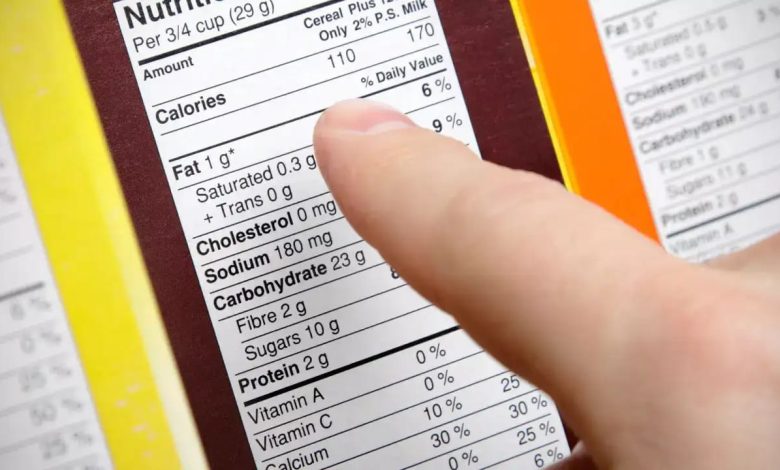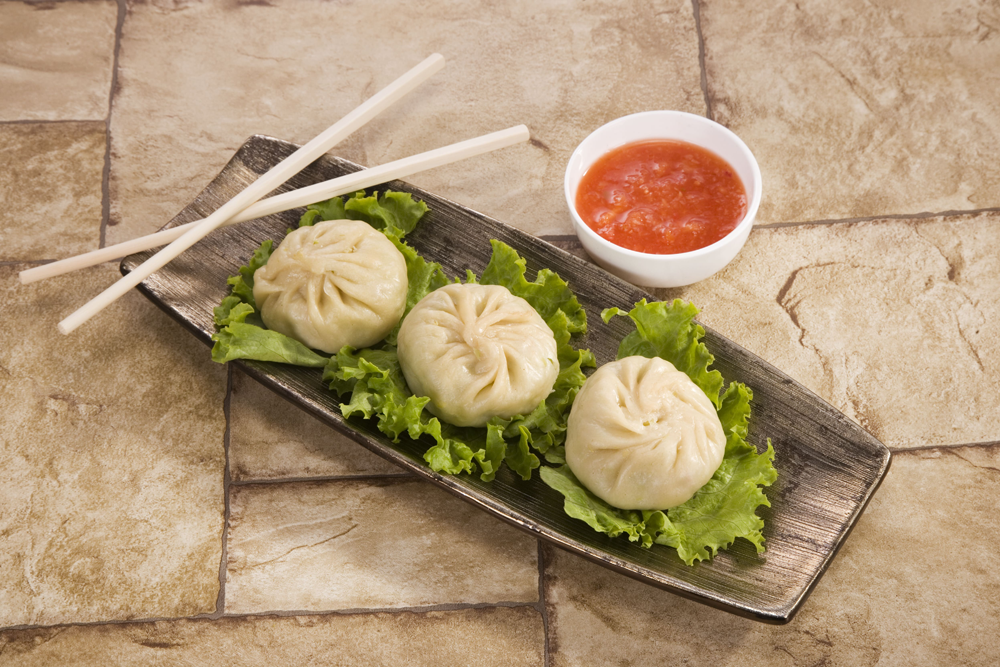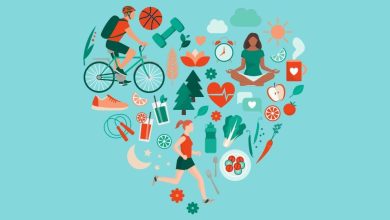
How to Read Nutrition Labels – And What They Actually Mean
Because knowing what’s in your food is the first step to eating better.
First, What Is a Nutrition Label?
A nutrition label is that little chart at the back or side of packaged food that lists:
The nutrients inside
The amount per serving
How much of your daily needs it covers
It helps you make smarter food choices—especially when you’re trying to eat healthy, lose weight, manage sugar, or just feel more energetic.
1. Start with the Serving Size
At the top of every label, you’ll see something like:
Serving size: 1 cup (100g)
Servings per pack: 2
This tells you how much of the product the rest of the numbers apply to.
Important:
If you eat double the serving size, you’re eating double the calories, fat, sugar—everything.
It adds up quickly!
Real-Life Example:
If a biscuit packet says 1 serving = 2 biscuits, and you eat 6… you’ve eaten 3 servings, not 1.
2. Calories: What You’re Taking In
This is the amount of energy you get from one serving of the food.
Calories aren’t “good” or “bad”—they just tell you how much fuel you’re giving your body.
But remember:
High calories + low nutrition = junk
Moderate calories + high nutrition = great choice!
3. Look at the Fats – Not Just the Number
Under “Total Fat,” you’ll see:
Saturated fat
Trans fat
Sometimes unsaturated fats
What to know:
Trans fats – Avoid them. Harmful for your heart.
Saturated fats – Okay in small amounts
Unsaturated fats – Good for you (like in nuts, olive oil, seeds)
If the label says “0 trans fat,” but you see “partially hydrogenated oils” in the ingredients list—that means trans fat is still hiding in there.
4. Sugar – The Sneaky One
Sugar can be tricky. A label might say:
Sugar: 0g
But the ingredients list includes maltose, dextrose, high fructose corn syrup – all sugar!
Natural sugar (like in fruit) is different from added sugar (like in soda or cookies).
Try to limit added sugar to less than 25g per day (for adults).
5. Sodium (Salt) – The Silent Tiredness Maker
Too much sodium = bloating, tiredness, high BP.
If you eat lots of packaged food (chips, instant noodles, sauces), you’re likely consuming more salt than your body needs.
Look for foods with less than 140mg of sodium per serving.
6. Carbohydrates – Understand the Type
Carbs are important. But:
Refined carbs = quick energy, fast crash
Complex carbs (like in oats, brown rice, vegetables) = steady energy
The “Dietary Fiber” section is your friend.
More fiber = better digestion, longer fullness, more stable energy
Look for 3g or more fiber per serving if you can.
7. Protein – The Strength Nutrient
Protein helps with muscle, skin, hair, immunity, and energy.
In snacks and cereals, look for 5g or more protein per serving.
Great sources:
Dals
Chickpeas
Eggs
Milk
Nuts
Paneer
Packaged “protein bars” sometimes contain more sugar than protein. Always check the label!
8. % Daily Value (%DV) – What Does That Mean?
This tells you how much of your daily nutrient need the food gives you.
Example:
Calcium 20% DV = That one serving gives you 20% of your daily calcium requirement.
As a rule of thumb:
5% or less = low
20% or more = high
Use this to compare products. Higher % in fiber, protein, vitamins = better. Higher % in saturated fat, sodium, sugar = not so great.
9. Ingredients List – Your Secret Weapon
It’s not on the main label, but it matters.
The shorter the list, the better.
If the first 3 ingredients are sugar, maida (refined flour), or oil—that food is not your friend.
Also, avoid:
Artificial colors and preservatives
Hidden sugars (anything ending in -ose or “syrup”)
Hydrogenated oils
Final Thoughts: You Don’t Need to Obsess—Just Be Aware
Reading nutrition labels isn’t about becoming a health freak.
It’s about understanding what you’re putting in your body.
Next time you’re choosing between two snacks or cereals, turn them around. Look. Compare.










